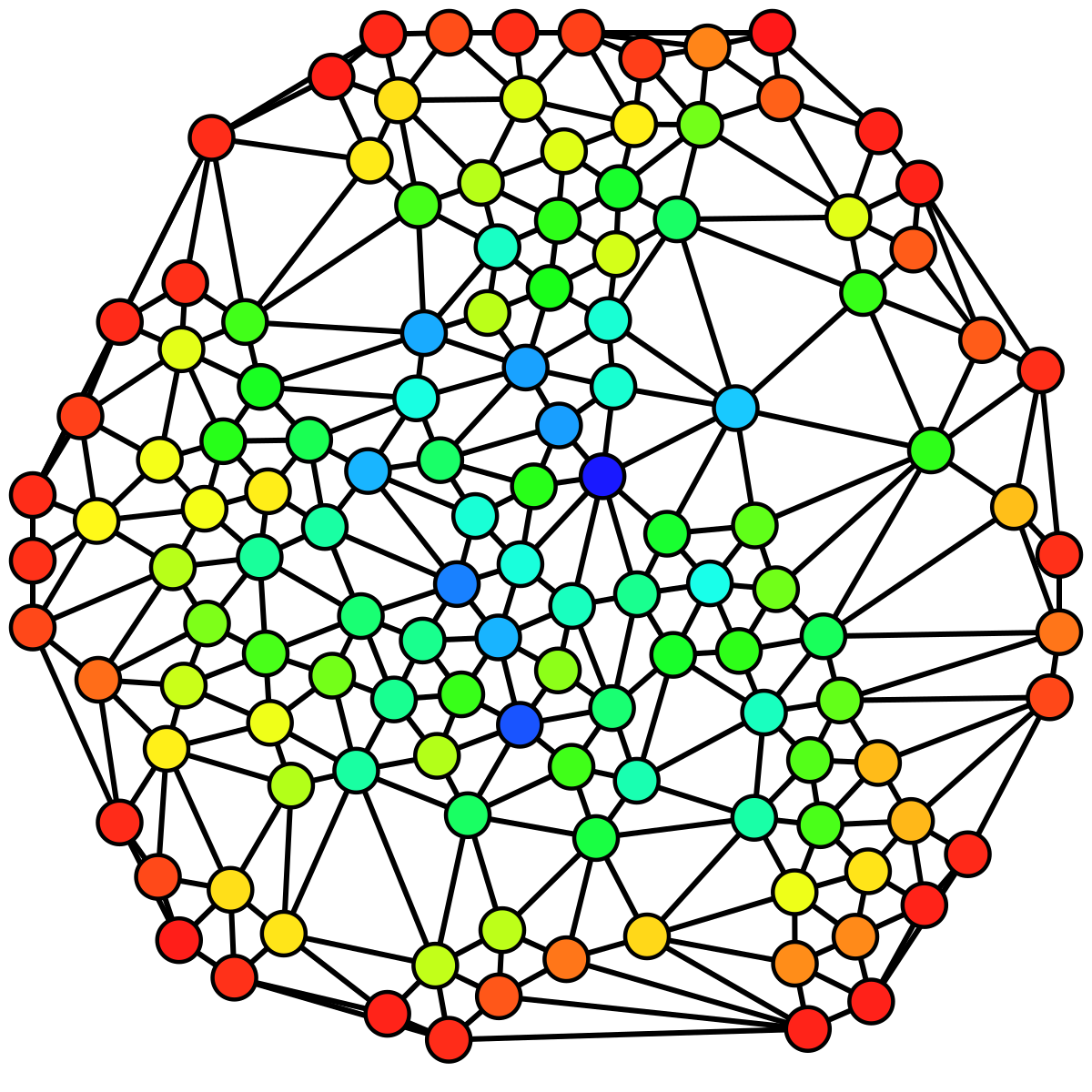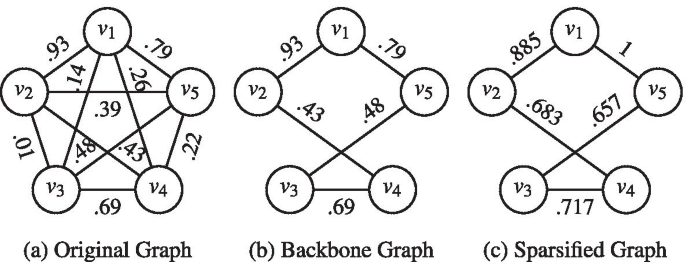Defining and measuring probabilistic ego networks

Analyzing ego networks to investigate local properties and behaviors of individuals is a fundamental task in social network research. In this paper we show that there is not a unique way of defining ego networks when the existence of edges is uncertain, since there are two different ways of defining the neighborhood of a node in such network models. Therefore, we introduce two definitions of probabilistic ego networks, called V-Alters-Ego and F-Alters-Ego, both rooted in the literature. Following that, we investigate three fundamental measures (degree, betweenness and closeness) for each definition. We also propose a method to approximate betweenness of an ego node among the neighbors which are connected via shortest paths with length 2. We show that this approximation method is faster to compute and it has high correlation with ego betweenness under the V-Alters-Ego definition in many datasets. Therefore, it can be a reasonable alternative to represent the extent to which a node plays the role of an intermediate node among its neighbors.

Black dots: the exact values of P = , i.e. the probability that a node

Number of components needed to cover the specified percentage of nodes

PDF] Global and Local Feature Learning for Ego-Network Analysis

Ego networks examples by personal network criterions (a) low density

Publications by the Computing Science Division - Department of Information Technology - Uppsala University

Chapter 9: Ego networks

Betweenness centrality - Wikipedia

Number of components needed to cover the specified percentage of nodes

Probabilistic versus binary networks. ( A ) Schematic illustration of a

PDF) Uncertainty in fMRI Functional Networks of Autism Brain Imaging Data

Probabilistic network sparsification with ego betweenness, Applied Network Science